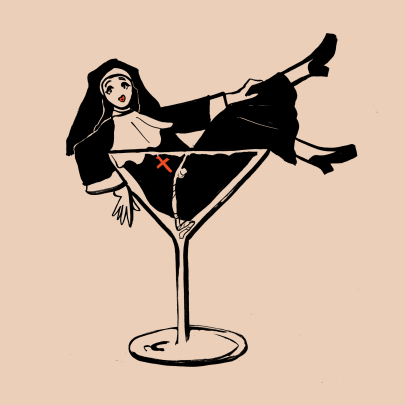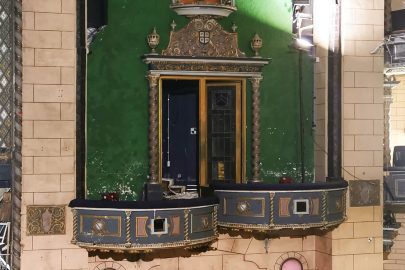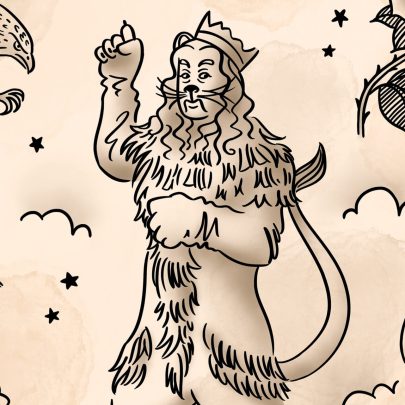May 22, 2015 Theatre
By Bronwyn Elsmore, directed by Jennifer Ward-Lealand.
Basement Theatre, Auckland
One of the most affecting moments comes at the beginning. Kerry Warika steps out of the darkness to describe the day her people saw two suns, and the “year we all got sick.” Warika represents one of the 300 Marshall islanders evacuated by the Rainbow Warrior from Rongelap Atoll prior to the ship docking in Auckland. The “snow” that fell on their homeland had devastating effects. This is an element that is danger of getting lost through the passing of years. To many New Zealanders, the attack on the Rainbow Warrior became a symbol of our sovereignty. Which is more outrageous? State-sanctioned terrorism in New Zealand territory, or nuclear testing in the Pacific, by the French and Americans, causing environmental and social disaster for those caught in the radius? Fallout does not let us forget both of the meanings in the show’s title.
A Greenpeace activist calls it “R Dub”. Another reckons it is “the most recognized ship in the world”. “That’s our ship” says Warika’s character. On 10 July 1985, the Rainbow Warrior crew were preparing to lead a protest campaign to Mururoa Atoll against French testing. An activist is interviewed: isn’t it risky to oppose governments? “We oppose policy” he says. Nothing ever happens in New Zealand. The gate was open. As a news report put it at the time, “Rainbow Warrior didn’t go to a warrior’s death; she sank in her sleep just after midnight, tied up at an Auckland wharf.”
Playwright Bronwyn Elsmore wrote the play six years ago. Now it has been picked up by director Jenifer Ward-Lealand and reworked with the company ready to debut for the 30th anniversary of the bombing. Elsmore uses the conventions of verbatim-documentary which gives the production a strong sense of authenticity, though the words and characters are fictionalised. The doco-style is heightened by the use of large moving television monitors that broadcast the grainy colour images of 30-years previous, designed by Jeremy Fern. When they first appear they float and flicker in the darkness it is as if someone has slipped 3D glasses on my head without my noticing. A blue sea pointedly turns into to a red spray. Sean Lynch’s lighting design is always on point, as is Paul McLaney’s strong and incredibly well-utilised score, which washes through the work and ends up doing much of the story’s emotional heavy-lifting, allowing us to connect when the text or acting can’t reach us.
We are given broad sketches of figures: the Greenpeace activist, the crusading journalist, a Kiwi in Paris, the policeman on the case. Fasitua Amosa is particularly versatile and energised by the material, and Luanne Gordon is very effective personalising the response to the attack. Kerry Warkia and Toby Leach are susceptible to the talking head syndrome, their bodies strangely lifeless from the neck down, though they come to life when they have comic stereotypes to play.
The attack arrives quickly in the narrative, and causes many in the audience to jump. Ward-Lealand drives the pace through the immediate reactions, but then the play slows down to just a few knots. The focus turns to an overly extended sequence where the whole of New Zealand takes up the role of amateur detective, as a range of kiwis come forward with information on the movements of the French agents around New Zealand. There stories are all variations on a “weren’t those Frenchies acting strangely” theme, and it drags on far after the point has been made. Not only do we lose momentum, but with the actors playing comic caricatures, we begin to lose the play’s core of truth too.
Elsmore notes that the New Zealand theatre has not previously told the Rainbow Warrior story: “such a highly dramatic event and story demands such a production”. This is true, but this production does not demand why this telling should be a stage drama. Other than means of access and production, Fallout does nothing that could not be told just as effectively on screen.
Is this the right way to remember the Rainbow Warrior? As a neat little package tied up with string? The form works to position the event as something that happened, rather than allow us to feel it as something happening in the moment. The documentary conventions push against immediacy. The characters have a ready-made narrative as to what to say about the event: “we grew up”, “lost our innocence”, “it united us”. This has its place. But what we don’t have is that moment before history, before New Zealand had agreed what the meaning was to be.
There is no faulting the worth of this production. Fallout marks The Basement’s roll out of its school’s programme to link productions with high school students, and this demographic will make up much of this show’s audience. This is an outstanding outcome, helping younger generations gain a better understanding of this story.
Fallout is more than adequate as an education tool and memorial. In marking such a shattering event in this country’s history, it more than achieves its mission. But as a drama for the stage, it left me wanting more.
Fallout: Basement Theatre, to May 30. basementtheatre.co.nz





